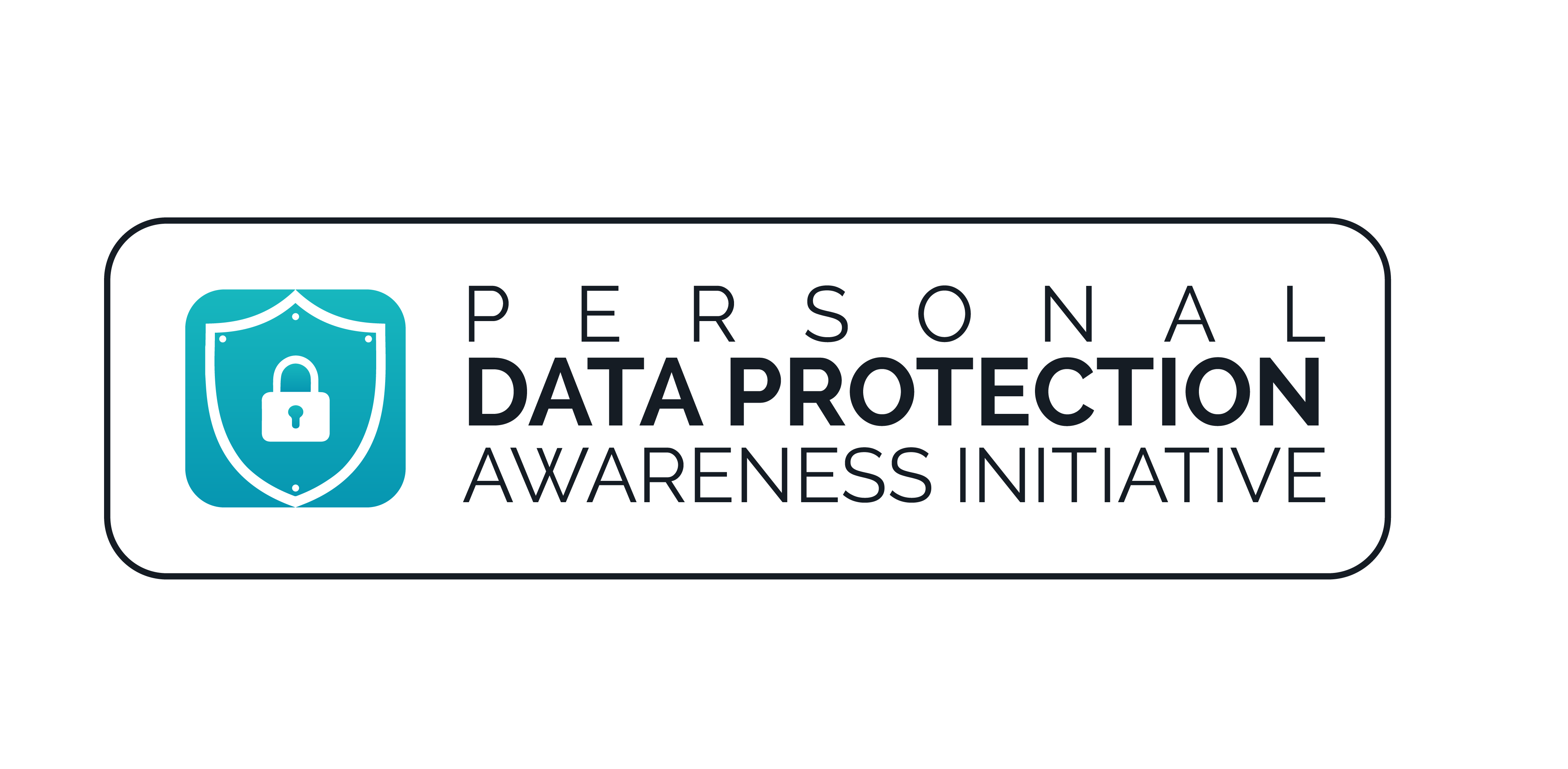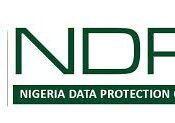
Navigating the Data Protection Landscape: Key Considerations for Exercising the Right to Restrict Processing
Introduction
In today’s digital age, where personal data is generated, collected, and processed on an unprecedented scale, safeguarding individuals’ privacy has become a paramount concern. Data protection regulations, such as the General Data Protection Regulation (GDPR) in the European Union, Nigeria Data Protection Regulation, and the recently enacted Nigeria Data Protection Act 2023, recognize the need to empower individuals with certain rights to control the processing of their personal information. One such right is the right to restrict processing.
This article explores the key considerations for effectively exercising the right to restrict processing and navigating the complex data protection landscape. As individuals become increasingly aware of their privacy rights, it is essential to understand the scope, implications, and practical aspects of this right.
To facilitate practical implementation, we will outline the steps for individuals to request the restriction of processing, emphasizing the importance of clear communication and proper documentation. Furthermore, we will explore potential challenges and considerations, such as balancing competing interests, ensuring enforcement, and navigating cross-border data transfers.
Understanding the Right to Restrict Processing
The right to restrict processing grants individuals the power to limit or temporarily halt the processing of their personal data under specific circumstances. To effectively navigate this right, it is essential to grasp its fundamental aspects, including its definition, scope, and legal underpinnings. By understanding the intricacies of this right, individuals can exercise greater control over processing their personal information.
Definition and Scope of the Right to Restrict Processing
The right to restrict processing allows individuals to limit or temporarily suspend the processing of their personal data under specific circumstances. These circumstances may include situations where the accuracy of the data is contested, the processing is unlawful, or the individual needs the data for legal claims. By asserting this right, individuals can gain more control over their personal information and ensure that it is not subject to unwanted or unauthorized processing.
It is essential to distinguish the right to restrict processing from other data protection rights, such as the right to erasure (also known as the right to be forgotten) or rectification. While the right to erasure focuses on permanently deleting personal data, the right to restrict processing allows individuals to limit the ongoing use or disclosure of their data without necessarily erasing it entirely.
Key Principles Underlying the Right
Depending on the jurisdiction, the right to restrict processing has underlying key principles in various data protection laws and regulations. At its core, the right to restrict processing is driven by key data protection principles. These principles include the protection of individual privacy, the promotion of transparency and accountability, and recognising individuals’ rights to prevent the active use of their personal data and save storage. By exercising the right to restrict processing, individuals can actively participate in shaping the data ecosystem, ensuring that their privacy rights are respected and that their personal information is handled responsibly.
Relationship with Other Data Protection Rights
The right to restrict simply means, “Stop actively using my personal data, but don’t delete it. Hold on to it”. While this right is distinct, it is interconnected with other data protection rights. These include the right to access personal data, the right to rectify inaccuracies, the right to object to processing, and the right to erasure. Understanding the relationship between these rights is crucial for individuals to navigate the data protection landscape comprehensively.
In certain situations, individuals may invoke the right to restrict processing in conjunction with other rights. For example, if they discover inaccuracies in their personal data, they can request a restriction on processing until the inaccuracies are rectified. Similarly, if individuals object to the processing of their data for specific purposes, they may choose to exercise the right to restrict processing as an interim measure while their objection is being addressed.
However, it is essential to recognize that there may be limitations or conflicts when exercising multiple data protection rights simultaneously. Balancing the rights of individuals with the legitimate interests of data controllers or other parties involved in data processing is an ongoing challenge. Therefore, individuals should be aware of the potential implications and seek guidance or legal advice when navigating complex scenarios involving multiple data protection rights.
Practical Steps for Exercising the Right to Restrict Processing
Effectively exercising the right to restrict processing requires individuals to take practical steps to assert their privacy rights and protect their personal data. By following these practical steps, individuals can navigate invoking and enforcing the right to restrict processing with confidence and efficacy. The following elaborations provide detailed guidance on the practical steps for exercising this right:
a. Understanding the Right to Restrict Processing:
Educate yourself: Familiarize yourself with relevant data protection laws and regulations recognizing the right to restrict processing, such as the Nigeria Data Protection Act, the GDPR or other applicable frameworks.
Seek legal advice if necessary: Consult with legal professionals or data protection experts to thoroughly understand the legal requirements and implications of the right to restrict processing.
b. Document Your Decision and Grounds:
Clearly articulate your reasons: Clearly state the grounds for invoking the right to restrict processing, such as consent withdrawal, legitimate interests, or legal obligations.
Document the decision: Maintain a record of your decision to restrict processing, including the date, specific personal data involved, and the reasons supporting your decision. This documentation will be valuable if any disputes or inquiries arise in the future.
c. Notify the Data Controller:
Identify the relevant data controller: Determine the entity or organization responsible for processing your personal data and ensure you have accurate contact information.
Communicate your request: Write a formal notification to the data controller, clearly stating your intention to exercise the right to restrict processing. Provide details regarding the personal data affected and the specific processing activities you wish to restrict.
d. Verify Compliance and Implementation:
Confirm receipt and acknowledgement: Seek confirmation from the data controller that they have received your notification and understand your request to restrict processing.
Assess the implementation: Monitor the data controller’s compliance with the imposed restriction, ensuring they have taken the necessary steps to halt or limit the processing of your personal data as requested.
e. Maintain Ongoing Communication:
Stay informed: Keep track of any updates or developments regarding the restriction of processing, such as changes in processing activities or legal obligations.
Maintain open communication: Establish a communication channel with the data controller to address concerns, provide additional information, or seek clarification throughout the process.
f. Seek Remedies and Enforcement:
Familiarize yourself with available remedies: Understand the potential remedies available if the data controller fails to comply with the restriction, such as filing a complaint with a data protection authority or pursuing legal action.
Engage legal support if necessary: If your rights are not adequately respected or enforced, seek legal advice to explore appropriate avenues for seeking remedies or enforcing compliance.
By following these practical steps, individuals can effectively navigate the process of exercising the right to restrict processing. It is essential to stay informed, maintain open communication, and seek appropriate remedies when necessary to ensure that privacy rights are respected, and personal data is protected.
Conclusion
The right to restrict processing is a fundamental tool that empowers individuals to control the processing of their personal data and safeguard their privacy rights. Individuals can confidently assert their privacy rights by understanding the lawful grounds for invoking the right, assessing the impact on data controllers’ obligations, and maintaining open communication and cooperation.
Throughout this article, we have explored the key considerations and practical steps involved in exercising the right to restrict processing. We have emphasized the importance of understanding this right’s legal principles, documenting decisions and grounds, notifying data controllers, verifying compliance, and maintaining ongoing communication.
Ultimately, the right to restrict processing empowers individuals to reclaim control over their personal data, fostering a digital environment where privacy and data protection are valued and respected. By exercising this right effectively, individuals can assert their autonomy, protect their privacy, and shape the future of data protection practices.



